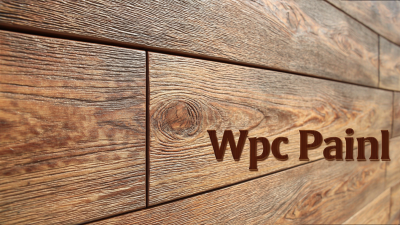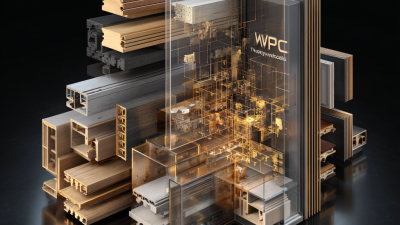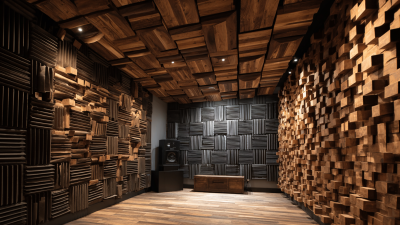Shandong Xiangying New Materials Technology Co., Ltd.
Shandong Xiangying New Materials Technology Co., Ltd.
As the construction industry increasingly seeks sustainable solutions, WPC panels have emerged as a promising alternative to traditional building materials. Comprising a blend of wood fibers and recycled plastic, WPC panels not only capitalize on the durability and resilience of synthetic components but also harness the aesthetic appeal of natural wood. This innovative material offers numerous benefits, including reduced environmental impact, lower maintenance requirements, and resistance to moisture and pests, making it an ideal choice for eco-conscious builders and homeowners alike. By exploring the advantages of WPC panels, we can better understand their potential to revolutionize the way we build for the future, promoting sustainability without sacrificing style or functionality. As the demand for green building materials continues to grow, WPC panels are poised to play a crucial role in shaping a more sustainable architectural landscape.
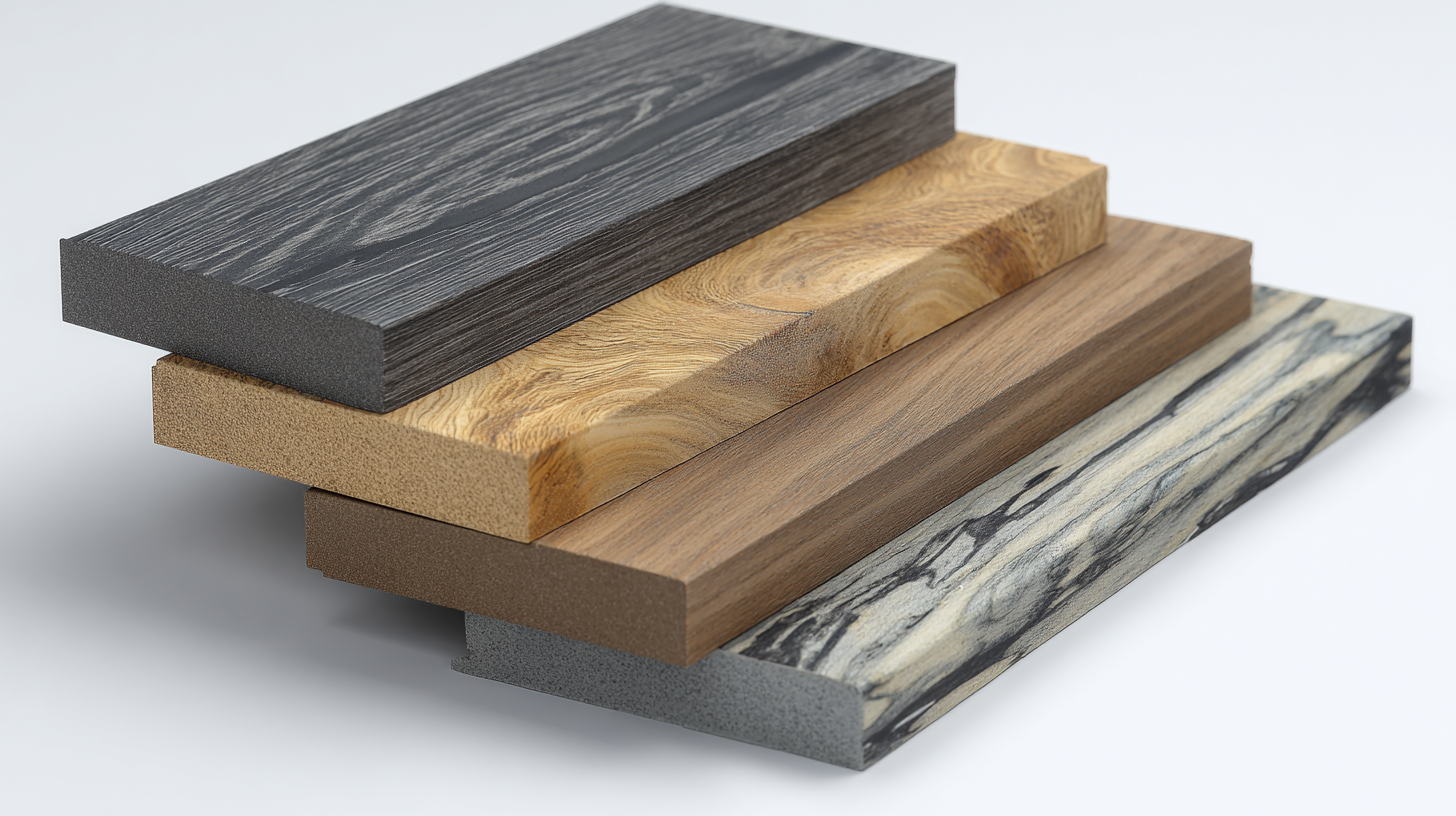
Wood Plastic Composite (WPC) panels are gaining traction in the building materials industry as a sustainable alternative to traditional materials. According to a report by Grand View Research, the global WPC market is expected to reach $9.5 billion by 2027, growing at a CAGR of 11.0%. This rapid growth is largely attributed to the increasing demand for environmentally friendly building solutions, as WPC panels are made from recycled wood fibers and plastics, contributing to reduced waste in landfills.

The evolution of building materials has increasingly prioritized sustainability, and WPC panels are at the forefront of this movement. Studies from the U.S. Green Building Council indicate that buildings using sustainable materials like WPC can offer up to 30% energy savings in their lifecycle. Additionally, WPC panels are not only cost-effective but also exhibit enhanced durability and resistance to moisture, making them a viable option for both residential and commercial applications. As the construction industry moves towards greener practices, WPC panels stand out as a promising solution for future building projects.
WPC (Wood Plastic Composite) panels are emerging as a cornerstone of sustainable construction practices, offering a multitude of benefits that align with eco-friendly building initiatives. By combining the natural aesthetic of wood with the durability of plastic, WPC panels provide an innovative solution that reduces the reliance on traditional timber sources. This not only minimizes deforestation but also promotes the use of recycled materials, making it an exemplary choice for environmentally conscious builders.
The versatility of WPC panels further enhances their appeal in sustainable construction. They are suitable for various applications, including decking, siding, and furniture, allowing for seamless integration into different architectural designs. Additionally, WPC panels are resistant to rot, insects, and weathering, which significantly lowers maintenance costs and prolongs the lifespan of structures. As industry standards shift towards sustainable materials, WPC panels are paving the way for greener building practices, proving that it is possible to create functional, aesthetically pleasing, and environmentally sustainable structures.
WPC (Wood Plastic Composite) panels are gaining traction in the construction industry as a sustainable alternative to traditional materials like wood and PVC. One of the most compelling aspects of WPC panels is their reduced environmental impact. Unlike conventional wood, WPC uses recycled plastics and wood fibers, which helps divert waste from landfills and reduces the demand for timber. This not only preserves forests but also minimizes carbon emissions associated with logging and transportation.
Tip: When considering WPC panels for your construction project, look for products with high recycled content for maximum sustainability.
Moreover, WPC panels offer durability that outperforms traditional materials. They are resistant to rot, pests, and weather damage, translating to a longer lifespan and reduced need for maintenance and replacement. This longevity contributes to a lower ecological footprint over time, as fewer resources are needed for repairs or replacements.
Tip: Research local suppliers that offer WPC panels certified for environmental sustainability, ensuring that your building materials contribute positively to the planet.
Wood Plastic Composites (WPC) panels are increasingly recognized for their cost-effectiveness in long-term building projects. According to a report by MarketsandMarkets, the global WPC market is projected to reach $9.5 billion by 2027, growing at a CAGR of 11.1%. This growth can be attributed not only to the rising demand for sustainable materials but also to the durability and maintenance savings associated with WPC products. Unlike traditional wood, WPC panels are resistant to rot, decay, and insect damage, thus reducing the frequency and costs of repairs and replacements over time.
Moreover, WPC panels offer significant energy savings. A study conducted by the American Society for Testing and Materials (ASTM) highlights that WPC materials exhibit superior insulation properties compared to conventional building materials. These properties can lead to lower heating and cooling costs, providing further financial benefits over the life of a building. As construction projects increasingly focus on sustainability without compromising cost, WPC panels emerge as a promising alternative that combines economic viability with environmental considerations.
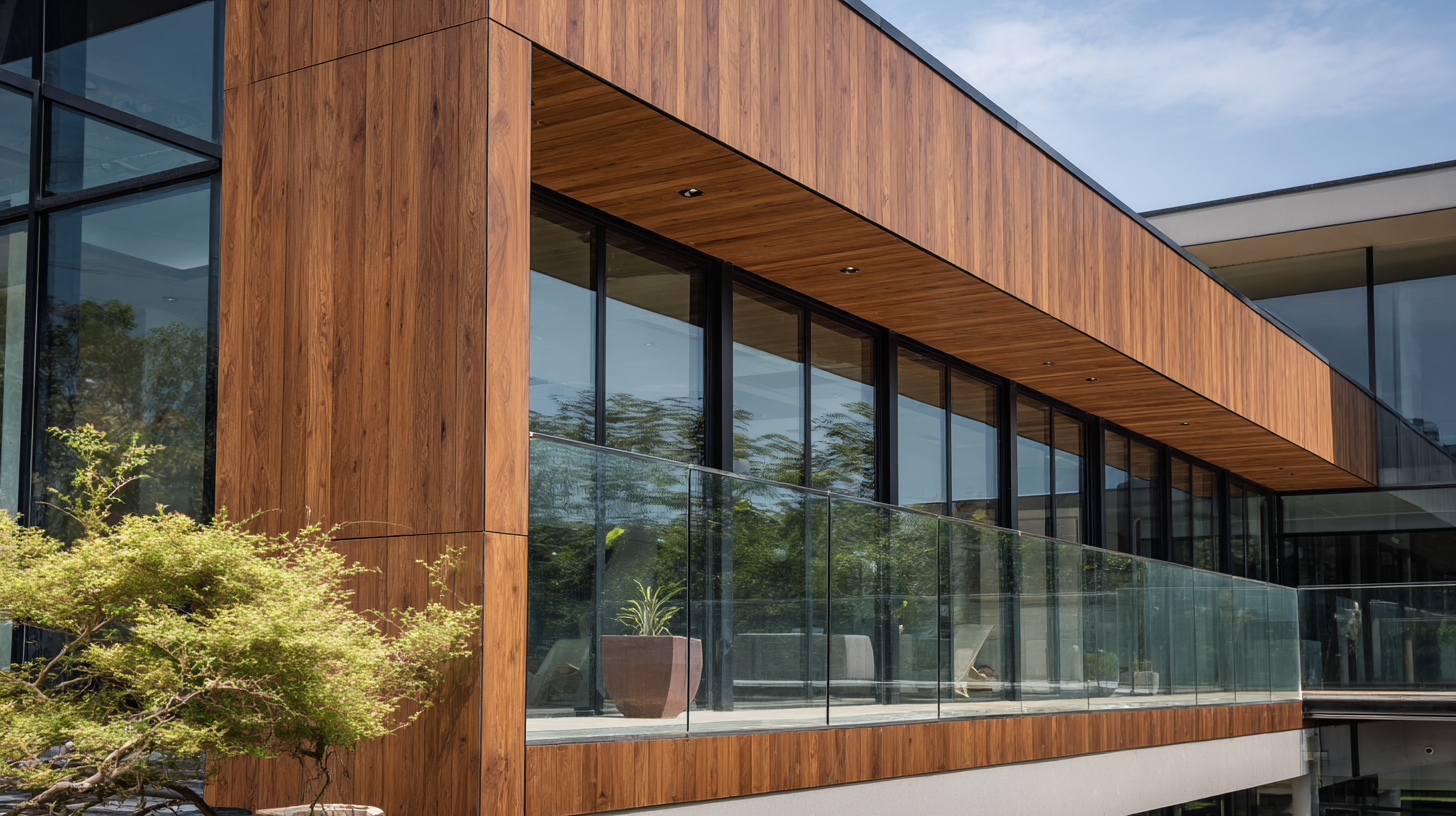
Wood-plastic composite (WPC) panels are increasingly becoming a focal point in modern architecture, offering both aesthetic appeal and sustainability. According to a report by Smithers Pira, the global market for WPC is expected to reach $9 billion by 2025, driven by the growing demand for eco-friendly building materials. These panels, which combine the natural properties of wood with the durability of plastics, are ideal for a variety of applications, from residential decking to sophisticated façade systems. Their lightweight nature and resistance to moisture make them suitable for both indoor and outdoor usage, complementing contemporary architectural designs.
Moreover, the innovative applications of WPC panels extend beyond traditional uses. They are now being integrated into furniture design, interior cladding, and even soundproofing solutions. A study by Freedonia Group indicates that the use of WPC panels in interiors can reduce overall construction waste by 30%, as these materials are often produced from recycled plastics and wood byproducts. Additionally, WPC’s energy efficiency helps in reducing heating and cooling needs, contributing to lower energy consumption in buildings. As architects and builders continue to seek sustainable alternatives, WPC panels are poised to play a critical role in shaping the future of sustainable architecture.
This chart illustrates the various benefits of Wood Plastic Composites (WPC) in modern architecture, focusing on their strengths in sustainability, durability, cost-effectiveness, and versatility.
